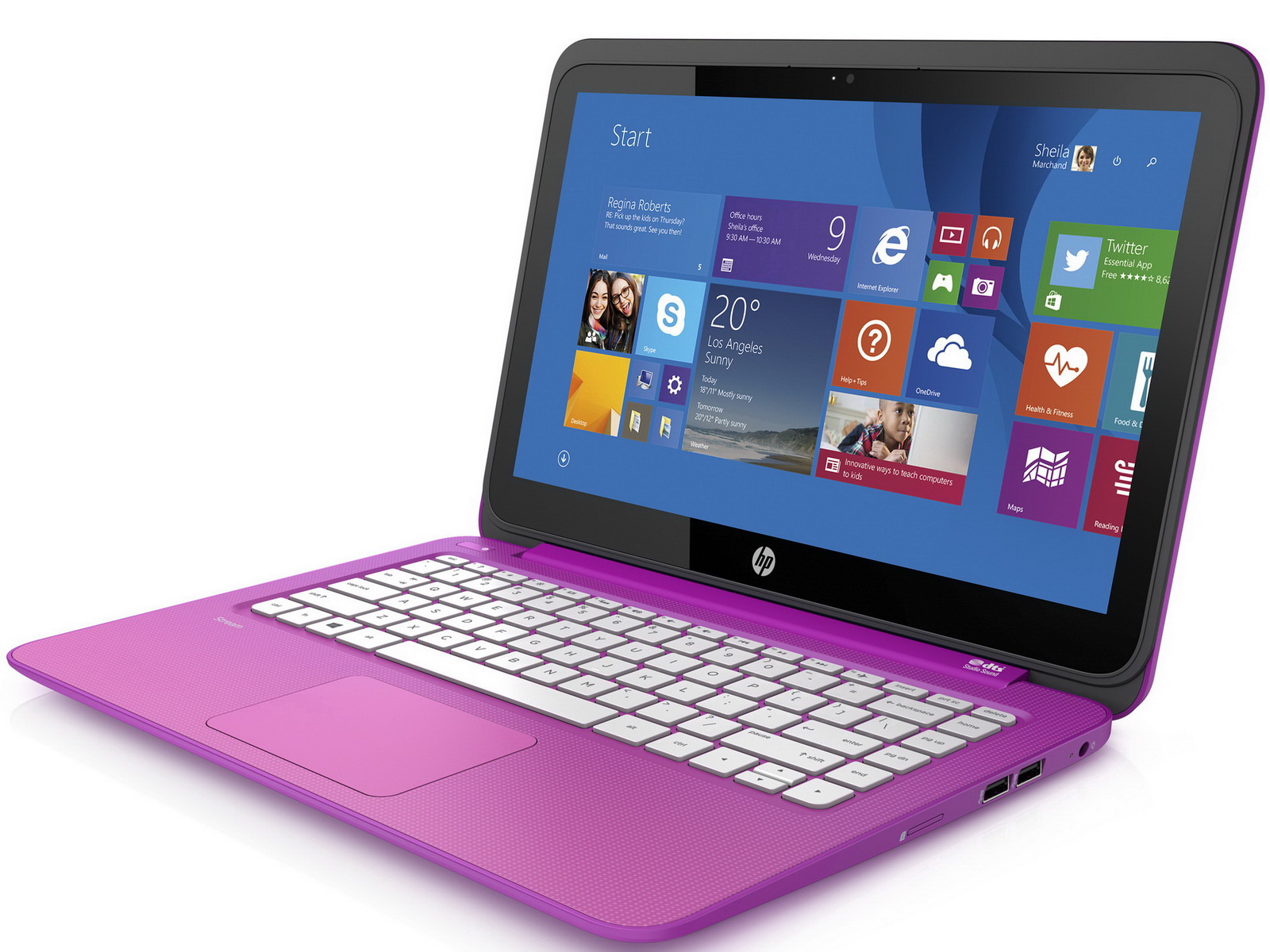

Yep you’re right, it looks like the boot process has opened up since I last looked at it, which admittedly was back when OpenBSD first considered, then rejected it as a viable platform.


You don’t need any blob to boot the Pandora. I agree, having owned one until recently and playing around with various OSes on it.Īnd just so you know, I’m not frowning upon your enthusiasm for the Pandora, I think it’s one of the greatest portable hardware projects of the past 10 years, and if not for the exorbitant price tag I would already own one or two of them. Still, the author’s point was that the Stream 7 is a highly accessible quad core x86 touch screen device that is ripe for some OpenBSD hacking right now. That said, I believe just a few months ago the armv7 port of OpenBSD finally gained a generic but working boot loader, so there is some progress being made. For example, booting with an Nvidia card under OpenBSD is not only not accelerated, it’s like having a CGA card from 1982. If you aren’t familiar with them, the OpenBSD folks are hardcore against any firmware blobs and will aggressively reject any hardware without fully open specifications. There has been little to no interest in the OpenBSD community for the Open Pandora and its successor, due to firmware blobs necessary for booting it (the same issue that hinders an OpenBSD port for the immensely popular Raspberry Pi, though that is changing with Broadcom slowly opening up the platform). I think what the article meant was, a handheld touch screen device that runs OpenBSD, not just another RISC portable.


 0 kommentar(er)
0 kommentar(er)
